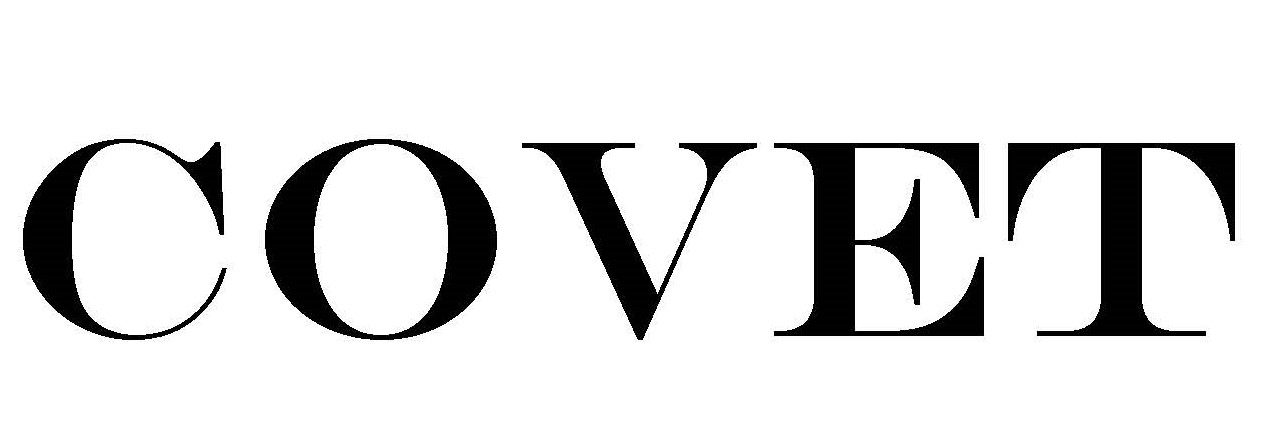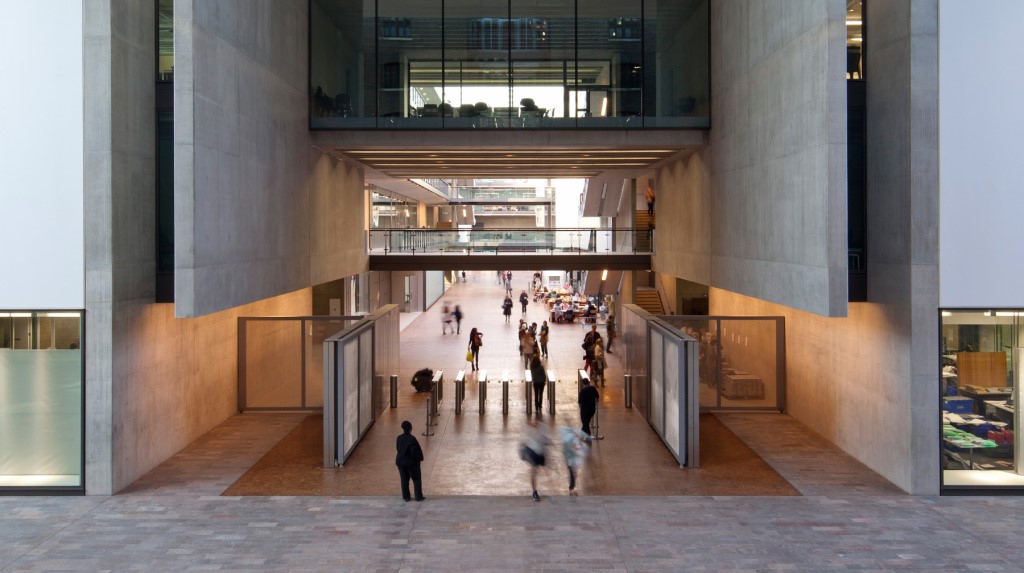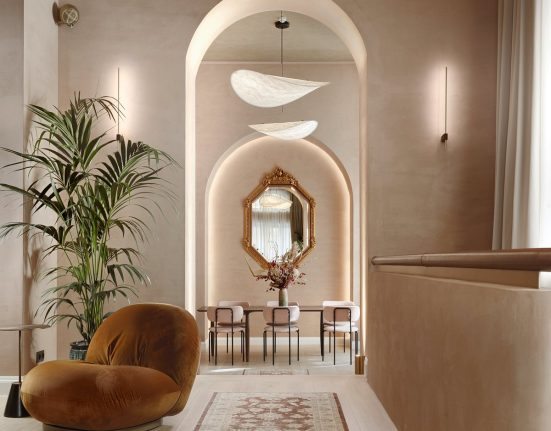How to Get into the Best Fashion Schools

As students in the US and the UK finalise their university applications, some of fashion’s most respected educators were asked what they look for in prospective students.
Fashion education has never been so fashionable. As the industry’s cultural profile rises, more and more students are applying for places on fashion related courses and the competition has never been tougher. “The difference now is that there are so many more people trying for places that, frankly, three quarters of the people that I would have given a place to 20 years ago, I am not able to give places to today,” says Willie Walters, BA course director at London’s prestigious Central Saint Martins.
Although the fashion education sector has already expanded significantly to meet demand, by creating courses and enlarging the number of places on them, non-private schools — which include many of the industry’s most renowned institutions — remain constrained by funding limitations and government-dictated quotas. As a result, securing a place at a selective school has become increasingly difficult. For the most competitive places, applicants must distinguish themselves in an internationally diverse field that numbers in the tens of thousands. Yet, given the high rates of competition, all of the educators interviewed expressed a degree of disappointment in the level of interview preparation many applicants believe to be sufficient.
To be successful, applicants — most of whom are from the Instagram-generation — must impress selection panels that were educated before the digital revolution. However, across the board, educators stressed that new media, digital artistry and idiosyncratic, global cultural reference points were to be celebrated, not ignored.
The directors of the top ranking courses that will help select the class of 2017 were asked to share their advice with applicants.

Central Saint Martins | Source: Central Saint Martins
“WORK HARD, BE ORIGINAL”
Willie Walters, BA course director, Central Saint Martins (UK)
I want to see that students have worked really, really hard. That they have put everything they possibly can into their application. The first stage of our application process is a 10-page online portfolio. In those pages, we want to see original things that [the applicant] has created. I am looking for something that is very good of its type, or different. I might see delicacy, sensitivity, strong drawing skills; it might be messy, dynamic and colourful, hard-edged and precise. Please do not show tear sheets from magazines; we are not particularly motivated by social media icons. That is happening already and is to do with the business of fashion, not with incubating creativity.
If you are invited to interview, we want to see more of you. I expect the 10 pages already seen to come from a possible 50 pages. Students should have quite a diverse range to show us — it is very dull when there is nothing more and you just see things regurgitated. At the interview, when we ask questions, we just want natural responses. Students don’t need to be wildly articulate — that doesn’t matter. We want a range of characters. The worse thing is when they keep returning to their original 10 pages and are incapable or unwilling of expanding the discussion.
“CONNECT YOUR WORK TO YOUR SOCIAL AND POLITICAL PRACTISES.”
Fiona Dieffenbacher, director of BFA Fashion Design, Parsons The New School of Fashion (USA)
The applicants who stand out have something unique to say, both in their body of work and in the written and academic portions of their applications. Students can distinguish themselves by showing a demonstrated passion for art and design throughout high school, both through rigorous academic engagement and through participation in extracurricular activities, summer courses, weekend programs and relevant internships. Students should also demonstrate a sense of themselves beyond the individual to include the context of their place in the community. For incoming first-year students, we prefer to see a well-rounded portfolio that demonstrates their creative process and ability to think conceptually.
The written components of our application are an important way for students to tell us more about themselves and why they would be a good fit for Parsons. We urge them to make the most of that opportunity. Students should not only be able to talk about their work, but also contextualise their practice. We are often most impressed by applicants who have the ability to maturely and articulately discuss their work on a deeper level by connecting it to broader social, cultural, historical, political and economic forces. This is rare among artists and designers, even at the college level, so when we see this in an application, it really sets them apart.

Fashion students at Kingston University, London | Source: Kingston University
“SHOW HOW YOUR IDEAS DEVELOP”
Elinor Renfrew, head of fashion, Kingston University (UK)
We’ll get 1,000 applicants for 100 places. Applicants must have a foundation course. That’s our first benchmark. Then we have to filter online first. That’s when we’ll look at the portfolio that they send in and it’s very easy to see who I want to interview. It’s when you look at someone’s sketch book and you see the thought process that shows the development of an idea; it’s not about the end product and it’s not template drawing. Alterations are good — anything that shows that they’re actually making mistakes. We’re looking for something that has maybe been drawn over and crossed out. That’s much more interesting than someone who has a very straight portfolio.
Overseas it’s more difficult because you have to do it without interviews. Normally, we bring in about 350 students. We have to do group interviews, because we don’t have enough time to interview all of the applicants individually and we’ve found that this method works very well. We’re not really interested in how they look. I’m interested in whether they are professional, polite and whether they want to learn. It’s not about what they are wearing. They’ve got to be the next creative director. They shouldn’t be just looking and aping, they should be creating.
“PUSH THE BOUNDARIES”
Frances Corner, head of college, London College of Fashion (UK)
Firstly, it is very important that the student has really researched the course that they’re applying for. Next, we look for creative thinking, good research and good analysis. It’s really important that applicants consider what drives them, and why a particular course is the best place to help develop that drive and that interpretation. For portfolios, each page, each aspect must reveal something about the student. Sketchbooks and journals are really important to show how students are really exploring an idea and trying all sorts of different avenues while developing it. We look for any sign that they understand the importance of experimentation — you have to push the boundaries and challenge yourself. That’s really critical, as is drawing.
We’re looking for self-aware, confident individuals. Being true to yourself is also really important. In a way, that has always been the case, but it is even more important today given the level of competition. It’s as much about what they’re telling us as what we’re telling them, because they bring things from different reference points and that’s really important if we’re going to remain a premier institution in terms of fashion education.

Pratt Institute campus | Photo: William Abranowicz
“SHOW YOUR PASSION”
Linda Loppa, strategic director, Polimoda (IT)
What we are looking for are young people who are curious, who have an idea and a dream. Ten or fifteen years ago, when you asked, “Who is your favourite designer,” they would say Jean Paul Gaultier or whomever. But now, they don’t know the names; they don’t know a lot of fashion history. That is a product of globalisation and is not really a problem. Many [applicants] are not prepared enough. They come in with a few sketches, which are not good enough despite what they and their small village’s art teacher may think. We need to see that they can see volume and light when they draw. In addition, today, there are so many [devices] they can use. If they make videos, they can show it to you. Whatever your aspiration or dreams are, show them to us and show your passion. There is global competition, which can mean 15 nationalities in a group of 50, which is an amazing, beautiful thing. That is unique to fashion education in some ways. Applicants shouldn’t worry about looking too much like the [existing] system either — because you will be wrong within a few years.
“RETHINK FASHION FOR THE NEXT GENERATION”
Jennifer Minniti, chair of fashion, Pratt Institute (USA)
We are looking for students with the ability to think critically and approach design through ideation, a strong set of skills and evidence of an imaginative mind. When their references and inspirations are too obvious or superficial, it is a red flag. It is remarkably obvious when young people have been influenced by entertainment television and the cult of celebrity. At Pratt we emphasise craft (technique), concept (not just ideas) and context (social, cultural and historical). We want to see a glimmer of these in the applicant’s portfolios so that we know there is something to work with. Technical skill is undervalued as a way to not only explore and express a concept, but to generate ideas. We think that this is incredibly important and that is reflected in the demands of our curriculum. Ultimately, we are looking for students that can demonstrate a strong and unique creative process, that are not afraid to rethink the fashion system for their generation. Fashion is global — bring your culture, values and taste to the table.
“BE CURIOUS, BOLD AND CULTURED”
Leah Perez, head of fashion, Shenkar College of Engineering and Design (ISR)
First of all, [applicants] must be creative. They have to be enormously curious, bold minded and cultured. I look at somebody who is really ambitious and determined, but flexible. Because the industry is so global, people have to be easily adaptable to any situation and be able to work within a group. You don’t work alone these days. I want to see passion as well. If you are passionate about photography, take a lot of photos and show me that you are passionate about it. If you like to draw, show me sketchbooks and show me that you are taking every chance that you have to do what you love. I think the main mistake that candidates are making is they don’t understand or are not committed to the process of design.
“USE BOTH SIDES OF YOUR BRAIN”
Christine Walter Bonini, general manager, ESMOD (FR)
The global level of competition is rising and we have many international applicants coming from all over the world. We are looking for curious, open-minded students, who are motivated and driven to be the best they can be. The studies here, in Paris, are very intensive and require a lot of time, rigour, energy and patience. It’s important that students show that they can use both sides of their brain, stay realistic and rational, but at same time full of imagination.
Our admission procedure works in several steps: After a careful review of application materials (curriculum vitae, cover letter, school transcripts), we ask applicants to submit a creative portfolio following our guidelines. We are eager to discover their personality and creative aesthetics, and to get to know them better before we meet them for a one-on-one interview. We ask them to present their personal universe (such as the designers, shops, books, movies and historical eras they admire or are inspired by) in a creative way. They are absolutely free to decide how to illustrate it, whether in the form of a book, sketchbook, collage, video or photos. My advice to students is tell us more about yourself, your experiences, activities, the accomplishments in which you take pride, your inspirations and dreams. Presentation and commitment are more important than technical skills — like in professional life, everyday work is one of the keys to success. To be on top, our students must find motivation and pleasure in everyday learning and working.






